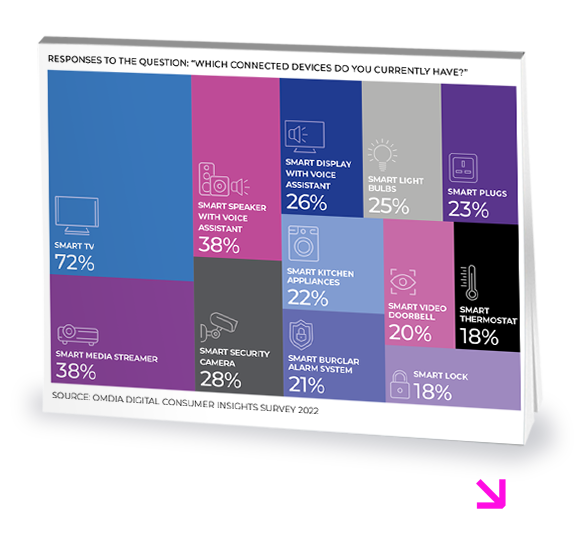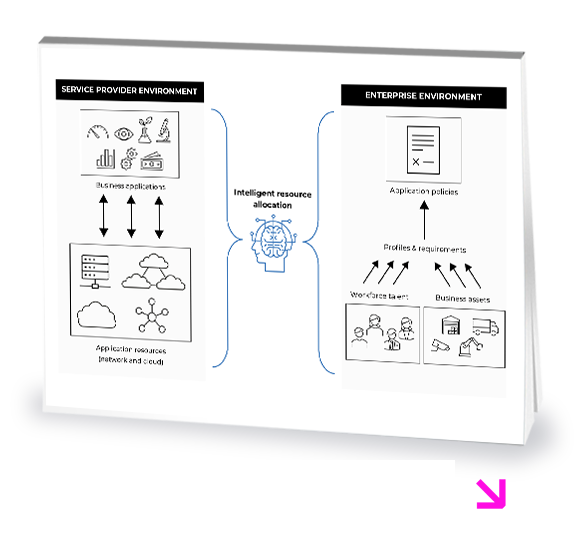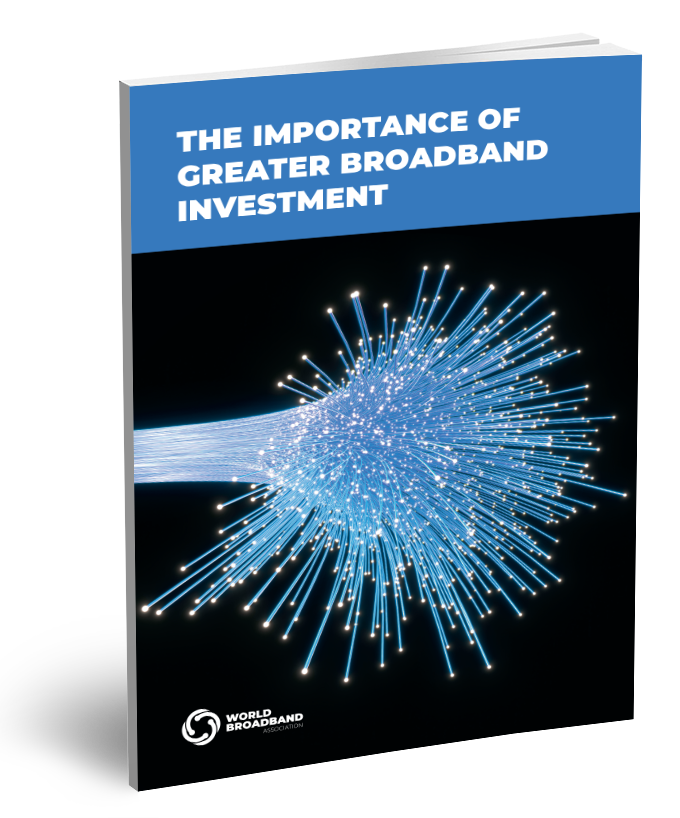Working Groups
Our Working Groups are beginning a new phase of broadband development research so now is the ideal time for you and your colleagues to get involved.
Discover the Working Groups

The next generation of the internet will be highly reliant on advanced broadband network capabilities and those countries that are lagging behind in rollout will find themselves at a disadvantage in comparison with the most advanced countries, which could severely and negatively impact their socioeconomic development.
However, while the evolution to the next generation of broadband networks is complex, the WBBA is providing a long-term vision and actionable framework for all industry stakeholders, to drive the development of converged broadband networks that provide global broadband access and ultra high-quality connectivity for all.

Broadband Advocacy
The WBBA has a working group dedicated to developing and advocating a set of arguments for why it is important and beneficial to invest in broadband development in any given region.
By looking at investment in broadband from several different perspectives, including the point of view of governments, the financial community and operators, the WBBA is able to offer actionable recommendations for these different groups to consider on issues around broadband investment, advocating best practice examples and strategies.
The WBBA is providing the industry with critical strategic leadership by developing a Broadband Investment Strategy Guidebook, leveraging existing best practices and toolkits, and an analysis of the characteristics of the most effective national broadband strategies.

Environmental Sustainability
Embracing sustainability as a core element of corporate strategy offers great potential for the telecom industry, enabling companies to mitigate risks, improve operational efficiencies, enhance their reputation, access capital and drive innovation.
Through its third working group, the WBBA identifies and leads on the role of next generation broadband in a well-defined and operationalized sustainability strategy, including establishing the measures and methods required to help assess and improve network energy efficiency, to support industry stakeholders in aligning with their customers preferences, complying with increased regulatory pressures, and gaining competitive advantage.

Network Technology
The WBBA’s demand analysis shows that by 2025, diversified at-home consumers, enterprises and vertical industries will be demanding a strong end-to-end transport bearer networking foundation with integrated secure devices to the client and automated network openness – by providing a way forward for cloud-based digital transformation, the WBBA is helping to facilitate the success of the digital economy.


- This working group looks at developing the WBBA Broadband and Cloud Development Index. The purpose of the research is to support the development and growth of the broadband and cloud industries by ranking its performance across major countries. The benchmark combines coverage of broadband, which is the gateway to the internet and digital economy, and cloud computing, one of key enablers of digital applications services worldwide.
- The WBBA Broadband and Cloud Development Index (BCDI) quantifies and ranks the performance of the two segments in major countries to identify leaders and best practices to support the development and growth of the broadband and cloud industries in their countries. It was created through member-led working groups of the WBBA where members shaped the direction and development of the research.
The BCDI aims to provide new insight and examples for broadband industry stakeholders – including legislators, policymakers, investors, vendors, service providers, and enterprises – to address and drive forward the goals of democratizing broadband and cloud access to enable broader economic and social benefits.
Customer Premises Network
In a rapidly evolving digital landscape marked by the rise of UHD video, metaverse, online education, healthcare, and smart manufacturing, the demand for robust home and business broadband services has never been greater. To meet these demands, the Customer Premises Network (CPN) Working Group has been established.


Artificial Intelligence
Experience the transformative power of Artificial Intelligence (AI) as it revolutionizes life and work, both locally and globally. Stay ahead of the curve and embrace the dynamic shifts in our economy and society with confidence. Discover how AI is shaping the future today.




